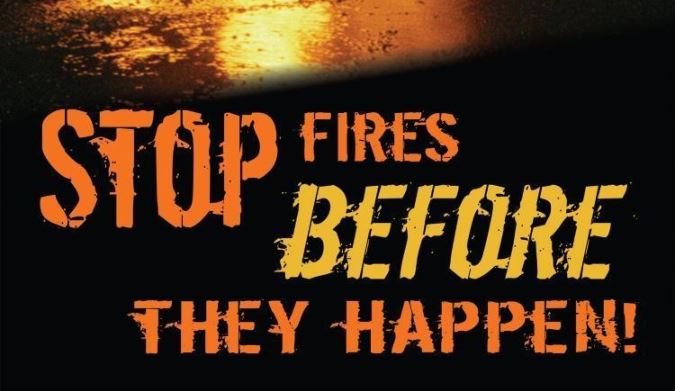
Prevent Workplace Fires with These 6 Tips!

If you’re not preventing the threat of fires from happening in your workplace, you’re taking a huge risk. You see, the fires kill almost 4,000 Americans each year, more than all natural disasters combined. And nearly 100% of all fires are preventable.
One critical way to protect your workplace from fire damage is proper placement, inspection and maintenance of fire extinguishers. But working fire extinguishers – and properly trained users – only help after a fire has occurred. You’ve got to think about the big picture – prevention.
Here are critical tips to help you stay one step ahead and prevent fires in your workplace.
- Practice Good Housekeeping
Clutter is not only a safety hazard, but it also blocks direct access to emergency exits and can provide added fuel to the fire. Some of the most horrific fire-related deaths happened because people couldn’t access the emergency exit door. Also, per the National Fire Prevention Association (NFPA 101B) and the Occupational Safety and Health Association (OSHA) code for means of egress, you can get a very hefty fine if access to the emergency exits is blocked.
- Assign Designed Smoking Areas
Designated smoking areas should be well ventilated and far away from any flammable and/or combustible materials. Ensure others comply with designated smoking locations by posting no smoking signs and safety posters to prevent fire hazards.
- Supply and Maintain Fire Extinguishers
Ensure you have the appropriate number/type of fire extinguishers easily accessible in all working areas. Make sure everyone is trained on how to properly use a fire extinguisher in case of an emergency and that they’re regularly maintained and inspected to ensure they’re working properly.
- Report Electrical Hazards
Conduct regular equipment inspections and report all faulty and frayed wires. Indoor wires should never be used outdoors and if you have any questions electrical hazards the proper authorities in your county should be contacted.
- Inspect Sprinkler Systems & Smoke Detectors
Test emergency response equipment semi-annually and never blocks sprinklers or tamper with smoke detectors.
- Have Proper Waste Disposal and Chemical Storage
Store all chemicals in a well-ventilated area and read MSDS labels for proper storage requirements. Regularly dispose of flammable materials such as oily rags in sealed metal containers.
Ensure all your workers thoroughly understand what to do during an emergency and all avenues to prevent a fire are practiced.
ComplianceSigns.com has colorful fire safety posters to keep your workers informed about safe practices.

